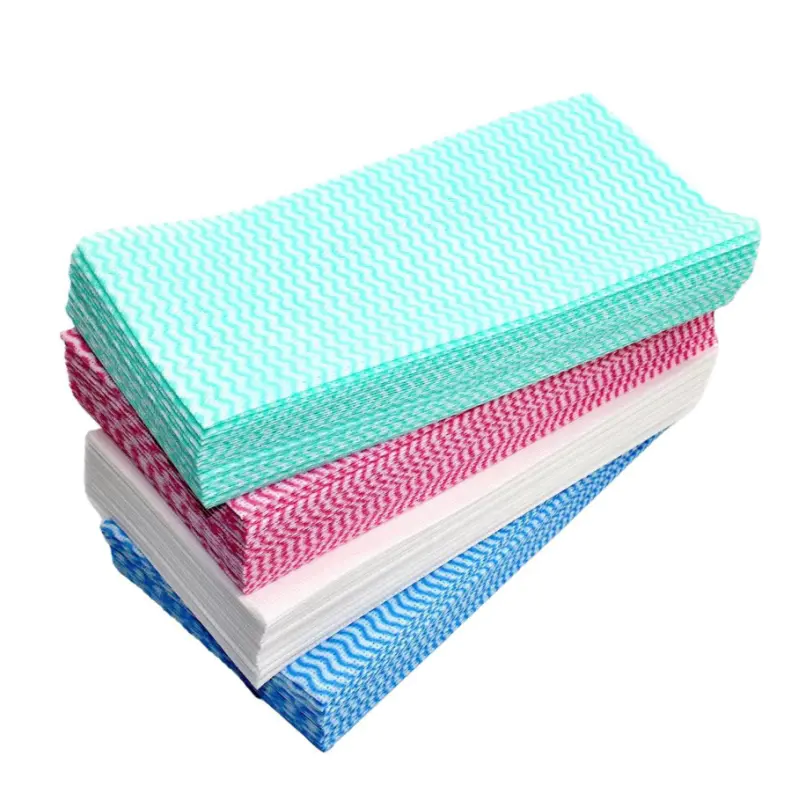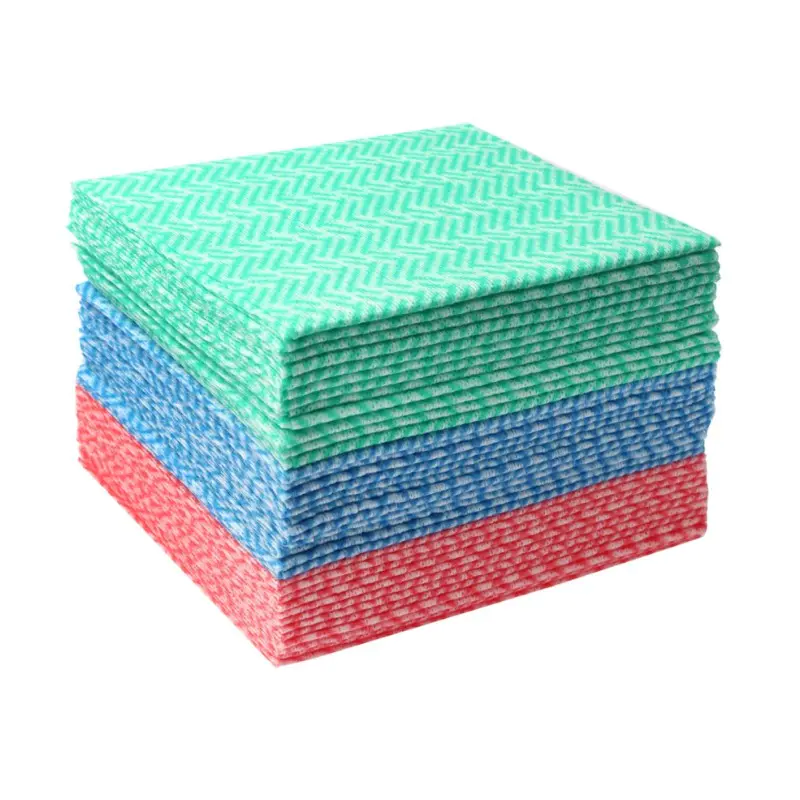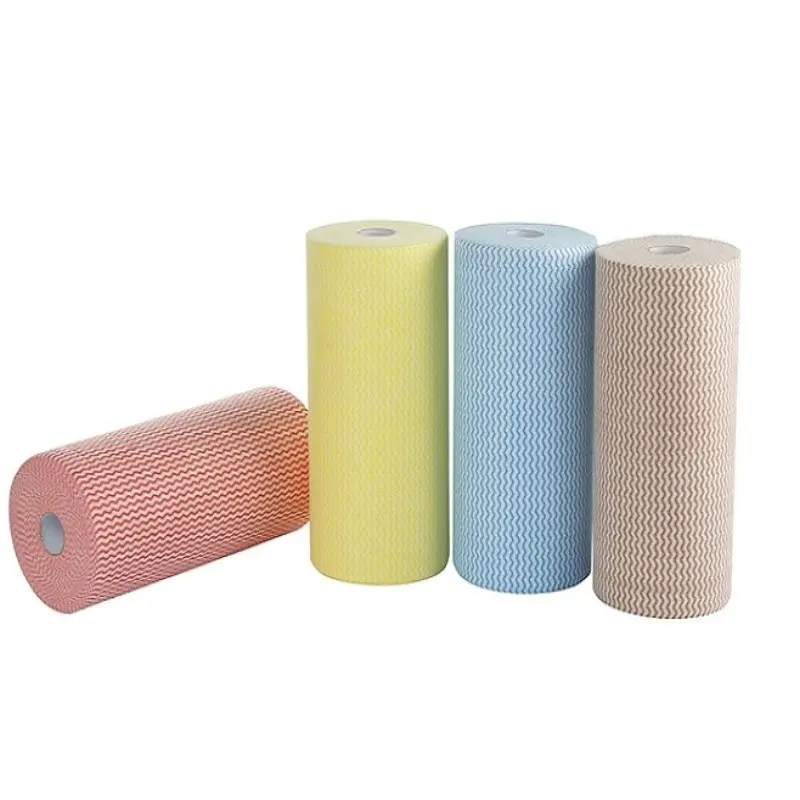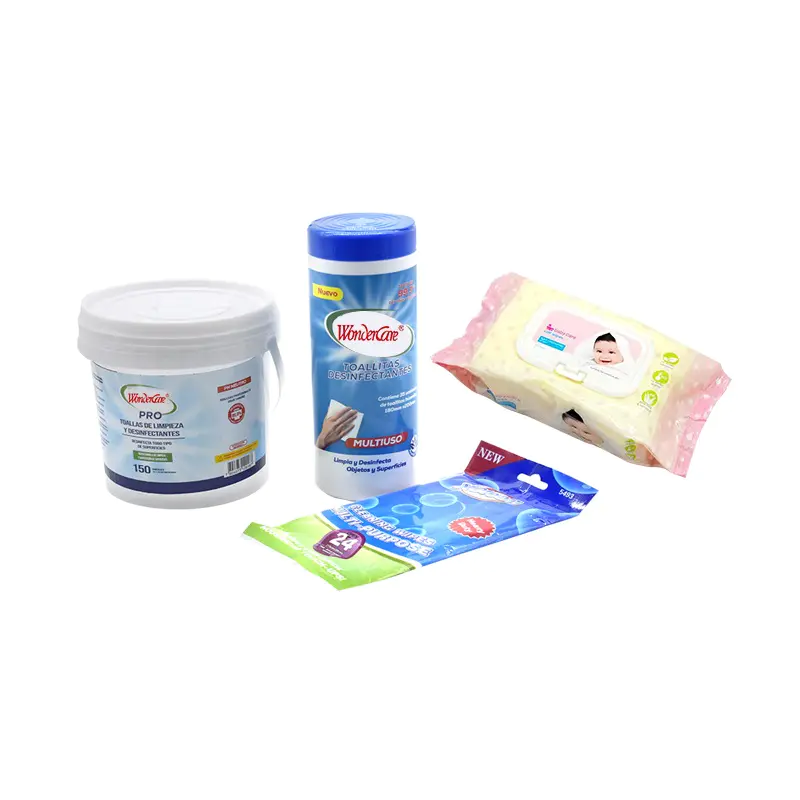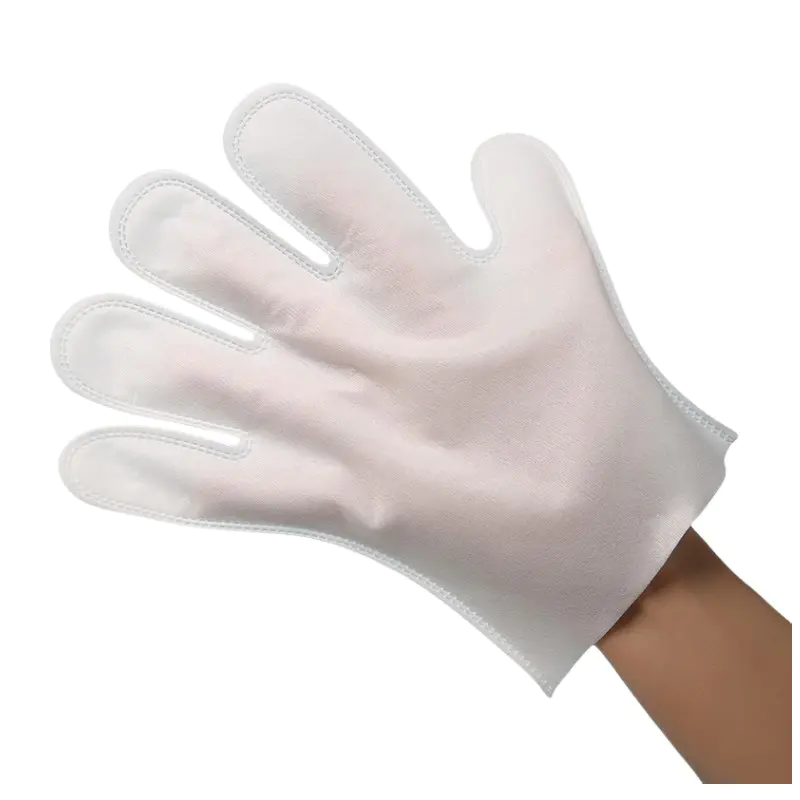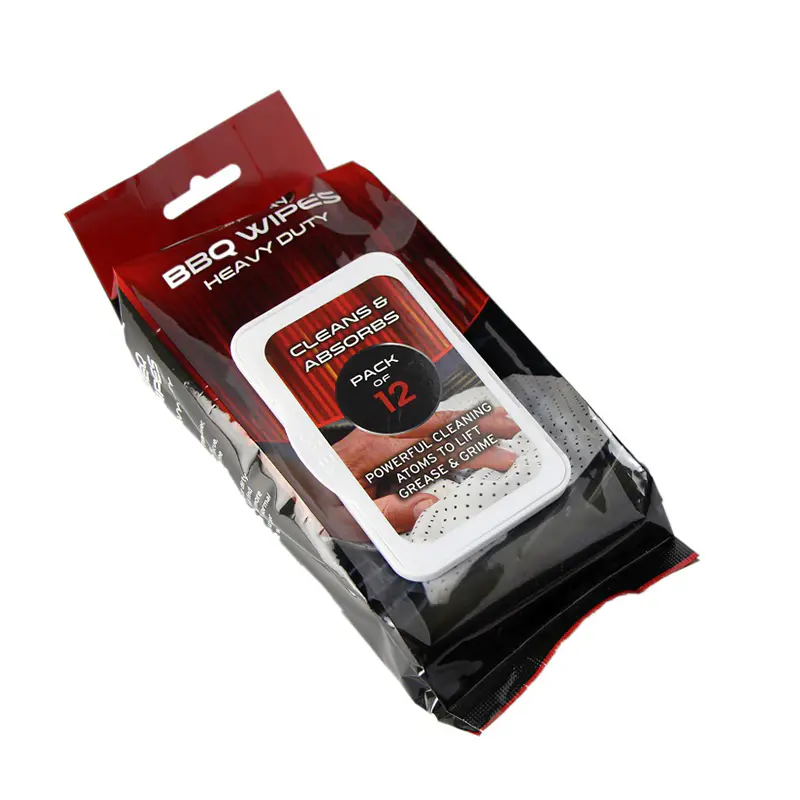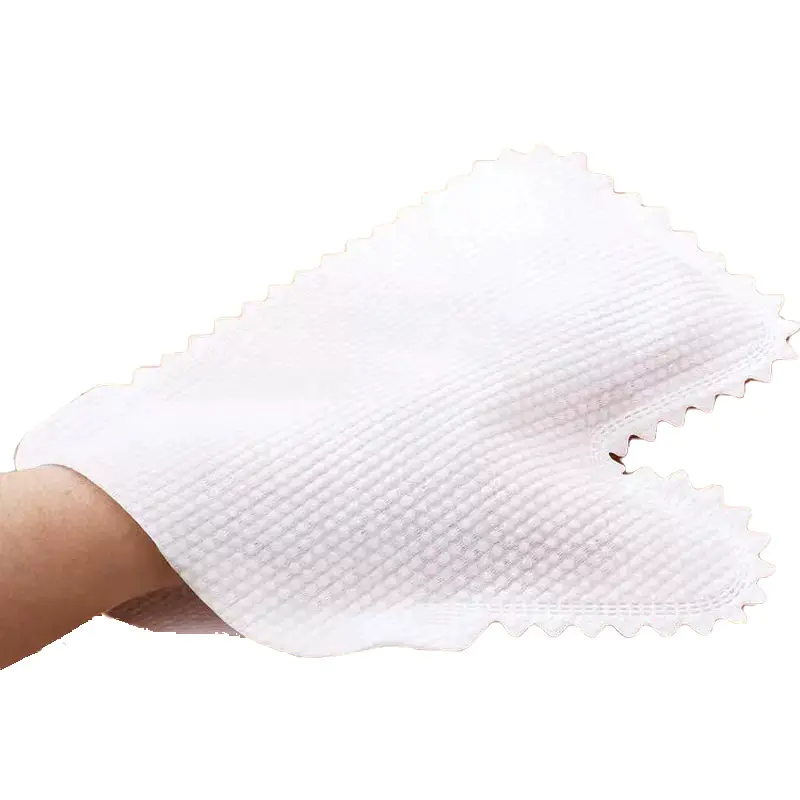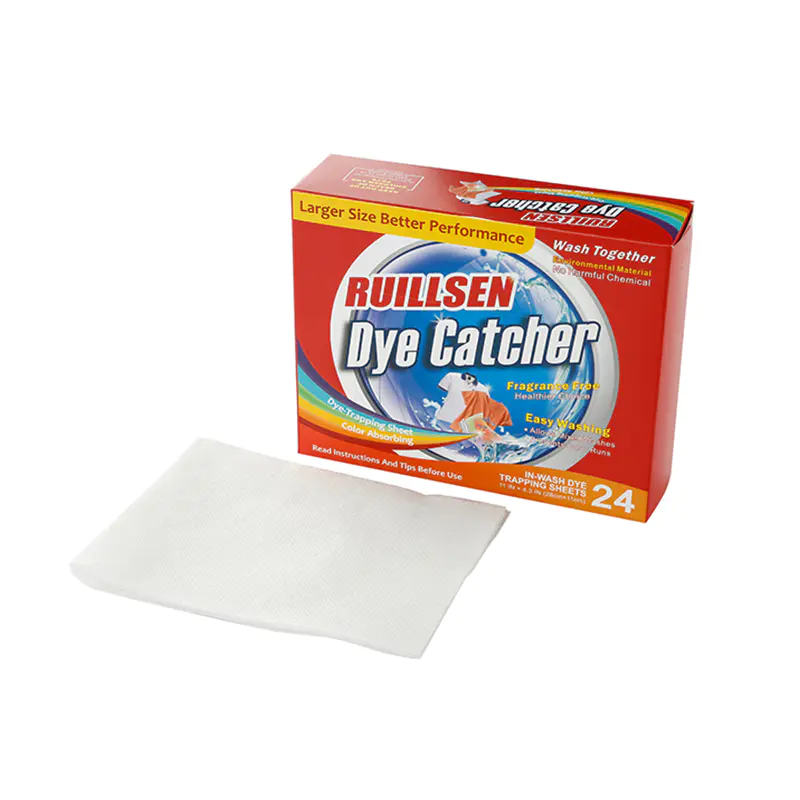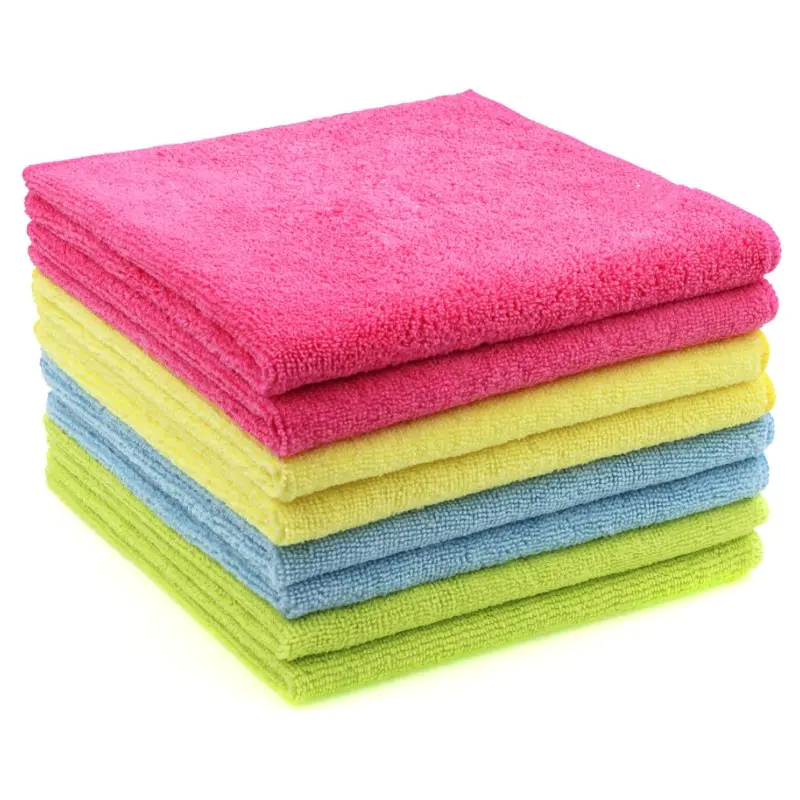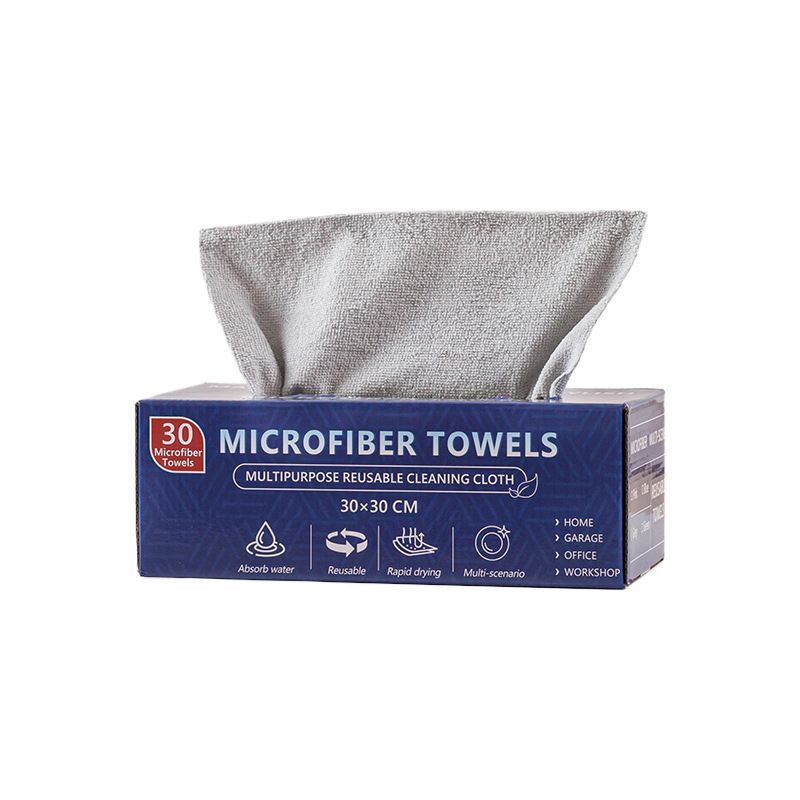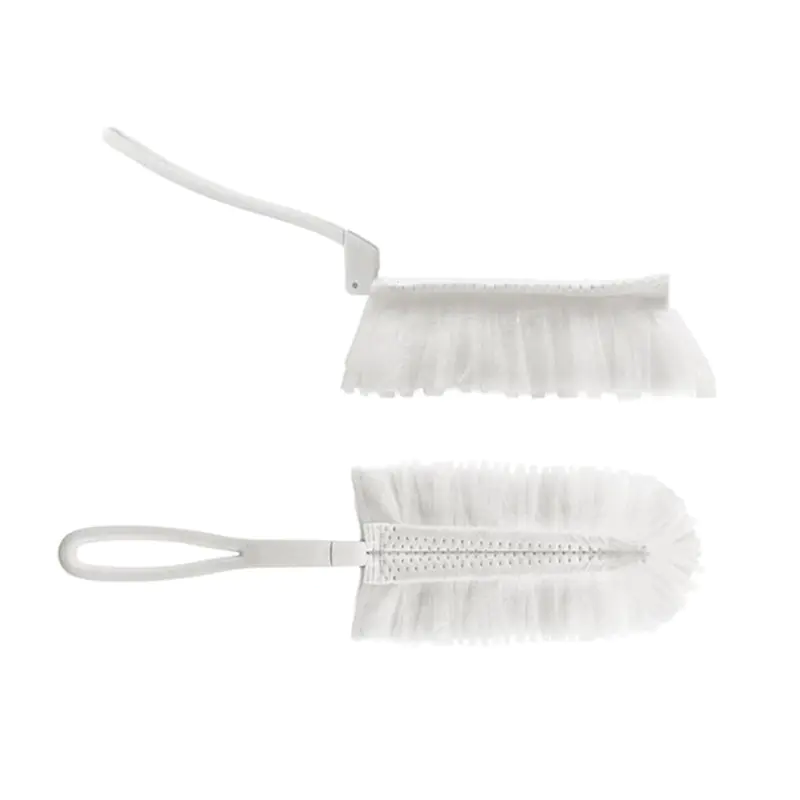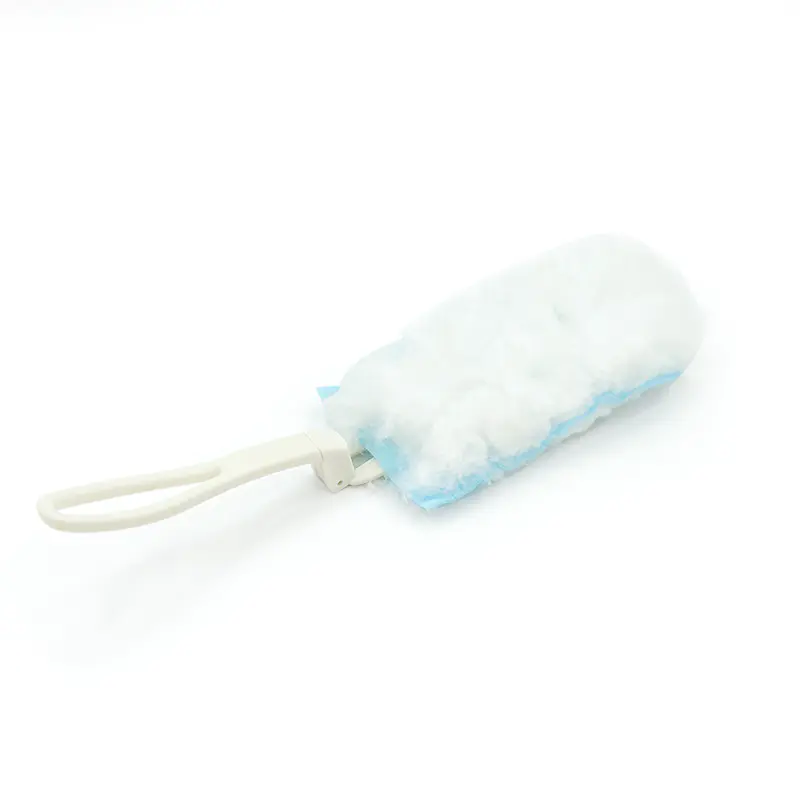Wipes are an essential part of modern cleaning routines, offering convenience, portability, and hygiene. However, not all wipes are created equal. Two common types are personal wipes and household wipes, each designed for specific purposes. Understanding the differences between these products is important for selecting the right wipe for the task, protecting health, and maintaining efficiency in cleaning.
1. Purpose and Application
Personal wipes are primarily designed for direct contact with the human body. They are used for:
- Cleaning hands when soap and water are unavailable
- Refreshing the face or body during travel
- Maintaining hygiene for babies or children
In contrast, household wipes are intended for cleaning surfaces in homes, offices, and public spaces. They are commonly used for:
- Wiping kitchen counters and appliances
- Cleaning tables, desks, and furniture
- Sanitizing bathrooms or other high-touch areas
The distinction in purpose directly influences the ingredients, texture, and safety requirements of the wipes.
2. Material and Texture
The materials used in personal and household wipes differ significantly:
-
Personal Wipes:
- Made from soft, skin-friendly nonwoven fabrics
- Gentle texture to avoid irritation or abrasions
- Often moistened with soothing agents like aloe vera, glycerin, or vitamin E
-
Household Wipes:
- Usually thicker and more durable to withstand scrubbing
- May contain abrasive textures for cleaning tough stains
- Designed to resist tearing on hard or uneven surfaces
The softness of personal wipes ensures comfort and safety for sensitive skin, while the sturdiness of household wipes ensures effective cleaning performance on surfaces.
3. Ingredients and Formulation
Personal wipes and household wipes differ in their chemical composition:
-
Personal Wipes:
- Typically alcohol-free or contain low concentrations of alcohol to prevent skin dryness
- Include moisturizers, fragrance, or antibacterial agents safe for skin
- Free from harsh detergents and toxic chemicals
-
Household Wipes:
- Contain cleaning agents, detergents, or disinfectants to remove grease, dirt, and microbes
- Often include stronger antibacterial or antiviral compounds
- Not intended for direct skin contact, as they can irritate or damage skin
This difference in formulation highlights the importance of using the correct wipe for the intended purpose. Personal wipes prioritize skin safety, while household wipes prioritize surface cleanliness.
4. Size and Packaging
-
Personal Wipes:
- Typically smaller and individually packaged for portability
- Sold in packs of 10–50 wipes for on-the-go use
- Easy-to-carry pouches for handbags, backpacks, or travel kits
-
Household Wipes:
- Larger sheets designed for covering surfaces efficiently
- Usually sold in bulk, rolls, or canisters for home or office use
- Packaging is less focused on portability and more on convenience for repeated use
The size and packaging differences are tailored to usage context: portability for personal wipes and volume for household cleaning.
5. Safety and Regulatory Standards
-
Personal Wipes:
- Subject to stricter safety standards due to skin contact
- Often regulated as cosmetic or hygiene products depending on the region
- Must be hypoallergenic, dermatologically tested, and free from harmful chemicals
-
Household Wipes:
- Regulated as cleaning or disinfecting products
- Safety concerns focus on inhalation, accidental ingestion, and surface compatibility
- Can contain stronger chemicals unsuitable for direct skin contact
Regulatory standards ensure that each type of wipe is safe for its intended application and reduce the risk of health issues.
6. Environmental Considerations
-
Personal Wipes:
- Many are biodegradable or designed for single-use convenience
- Overuse can lead to environmental concerns, especially when flushed
-
Household Wipes:
- Often made from more durable materials to withstand scrubbing
- May contain non-biodegradable fibers and chemical residues that affect wastewater
Consumers should consider proper disposal and environmentally friendly options for both types of wipes.
7. Conclusion
In summary, personal wipes and household wipes differ in purpose, material, formulation, packaging, safety standards, and environmental impact. Personal wipes are designed for gentle skin contact, portability, and hygiene, while household wipes are designed for effective surface cleaning, durability, and chemical-based disinfection.
Choosing the right type of wipe is crucial. Using personal wipes on surfaces may be ineffective due to lack of cleaning power, and using household wipes on skin can cause irritation or chemical burns. By understanding these differences, consumers can make safer, more effective, and environmentally conscious decisions for both personal hygiene and household cleanliness.


 English
English Español
Español